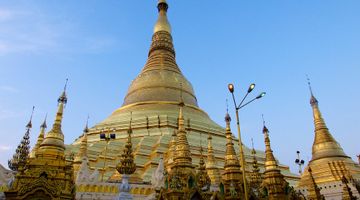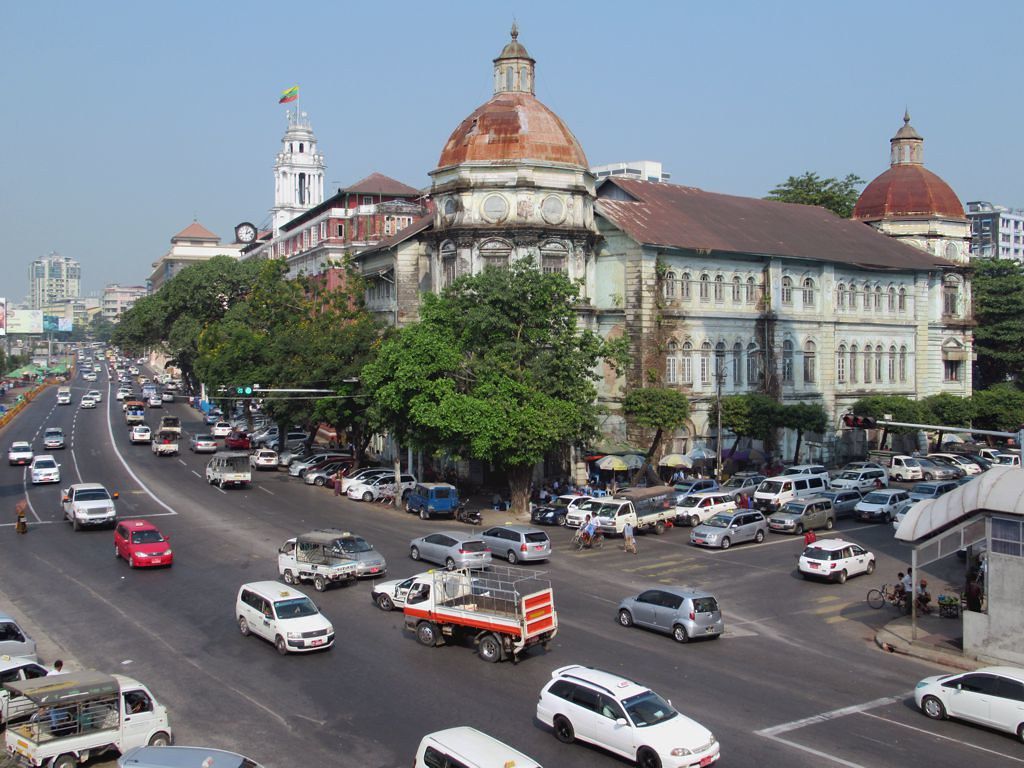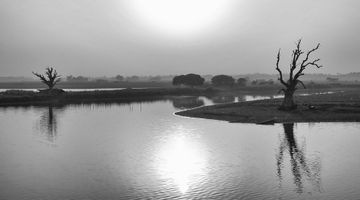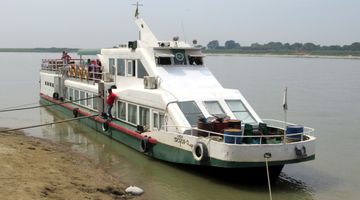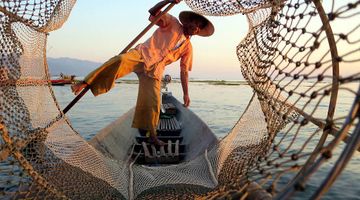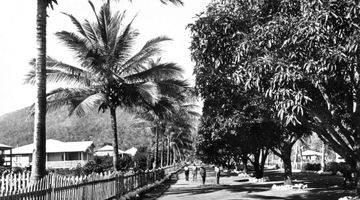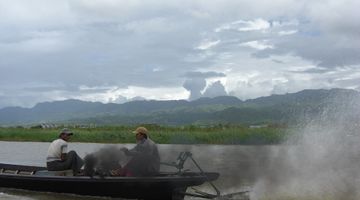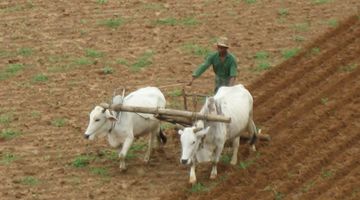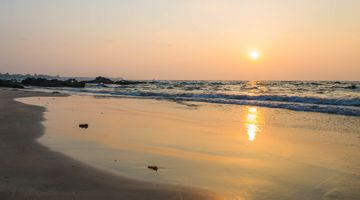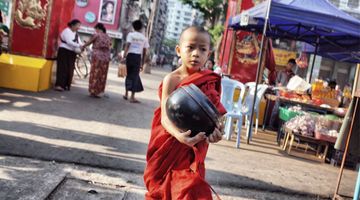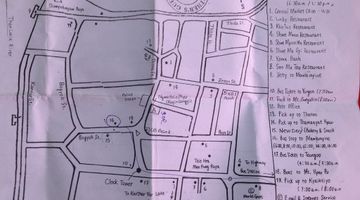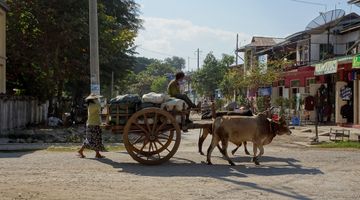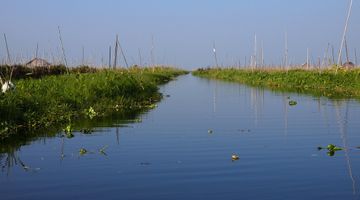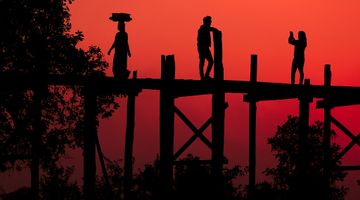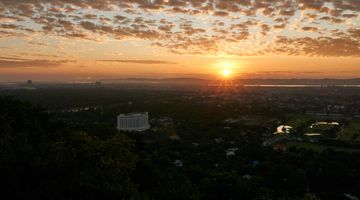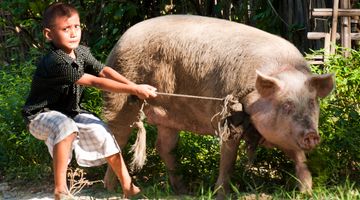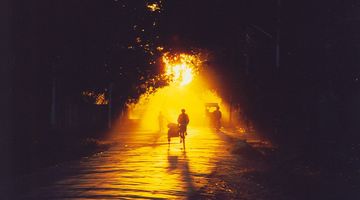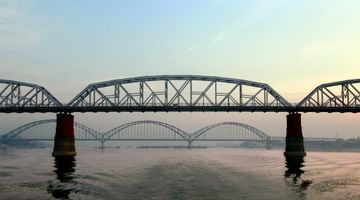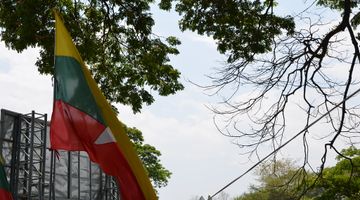Yangon Myanmar – The Ultimate Travel Guide
About
Yangon is a shock to the senses as soon as you arrive, even by the standards of South East Asian cities it’s chaotic and busy. Yet it still manages to wield an irresistible charm and can easily become one of your favourite spots in Myanmar, packed as it is with restaurants, bars and markets intermingling with the pagodas and monasteries. The largest city in Myanmar, it boasts a population of almost 6 million people and an urban area of just under 600 square kilometres. The city used to be known as ‘Rangoon’ and was the most important location for commerce and politics during the British colonial occupation of the country – accounting for the many examples of colonial architecture that can still be seen.
Why go
The architecture is just one of many things to see when visiting Yangon – some of the popular attractions include the Shwedagon, Sule and Botataung Pagodas, as well as the national museum and several impressive Buddha statues, such as the reclining Buddha with gold decorated feet at Chauk That Kyi. If it’s nature and open spaces you’re looking for, both the centrally located Kandawgyi Lake and Inya Lake a short drive out of town are great places to relax and take in a quieter view of the city. Yangon’s position as a bustling metropolis means that the food and nightlife scenes are more developed and tourist friendly than other areas of Myanmar – there are some great restaurants where a top quality meal can be enjoyed for under 10USD and friendly locals will welcome you into the city’s growing number of bars and clubs.
There are also plenty of tours that are great for providing a local perspective of Yangon – some of the best include city walking tours, food tours and guided tours of the historical sites and pagodas. Sometimes you’ll struggle to find information in English to explain the history of what you’re seeing, so tours can be a great help without eating into your budget too much.
Weather
As with the rest of Myanmar, the best time to visit is from November to February, which is outside of monsoon season, and a time, where the weather is dry and typically hovers around 30 degrees. Be prepared for the dust in the city though and drink plenty of water, as it’s a very dry heat.
Accommodation
Another benefit is that accommodation in Yangon is relatively cost effective compared to other areas in Myanmar. You will find it far cheaper than Inle Lake and Bagan, which are real tourist hotspots and command prices in line with this. Whilst you’ll still pay a lot more than other South East Asian countries such as Thailand or Cambodia, it’s straightforward to secure a good quality double room for USD20-USD25 per night, although this may be with a shared rather than private bathroom. Hostels are also continuing to spring up as the tourist economy booms, providing cheaper options for those who want them.
A better-developed infrastructure also tends to lead to better facilities for travellers – the wifi and 3G is far better here than elsewhere in Myanmar, with power outages rare (compared with Mandalay where many businesses have independent generators in case of power cuts).
Food & drink
The food is excellent and caters for all budgets – from fine dining to street food. The average price for a meal for two at a midrange sit down restaurant is around 15,000K – around 10USD. Street food is plentiful if you’re looking for cheaper eating options – head to downtown to find stalls packed with tasty snack options from as little as 50 cents. We found some great options down the road from the Maha Bandula Gardens, but be warned, you’ll find pretty much every part of the animal is put to use and some of the grilled skewers on offer looked rather interesting!
Getting around
A new bus system was launched in Yangon a couple of years ago so there are public transport links available should you want them – although all the buses we saw looked incredibly busy and somewhat chaotic. Getting around by taxi is extremely easy, with the average journey equating to around 2000K / less than 2USD. As you walk the streets taxi drivers will slow and beep their horns for you to jump in if you want to take a ride. We found taxi drivers friendly and definitely less inclined to rip you off than in cities like Bangkok or Phnom Penh.
Onward travel
Yangon is well established as a transport hub. The airport is a fixed 10USD taxi ride from the city centre, with an official booking desk that you can use on arrival to get to your hotel.
Similarly, the bus station is only a short way out of town, although make sure to leave 2–3 hours to reach it, as the traffic can be terrible. Whilst the city traffic in general is extremely busy, this was by far the most crowded section of road we witnessed. The bus station itself is large, with many companies selling tickets to all destinations in the country, from VIP sleeper buses to local buses. Yangon, like most cities in Myanmar, sits alongside the river, so it’s also possible to travel to places like Bagan by boat, although it can be a lengthy trip upstream.
There are 19+ flights per day from Yangon to Bagan, and 11+ to Mandalay, making flying a great and time effective option if you have the budget. Just be sure to check the safety credentials of any airline you choose to use. For a budget option buses to Bagan are comfortable, cost under 20USD and take around 8–9 hours – allowing you to arrive just in time to enjoy sunset on your first morning.
Safety
You will be pleased to experience Yangon as a very safe city – incidents of crime against foreigners are low, especially in comparison with neighbouring counties and the people are normally extremely friendly and welcoming. Take the usual precautions of looking after your bag and not flaunting any valuables as in any city, but there’s a low chance of encountering anything untoward during your time there.
